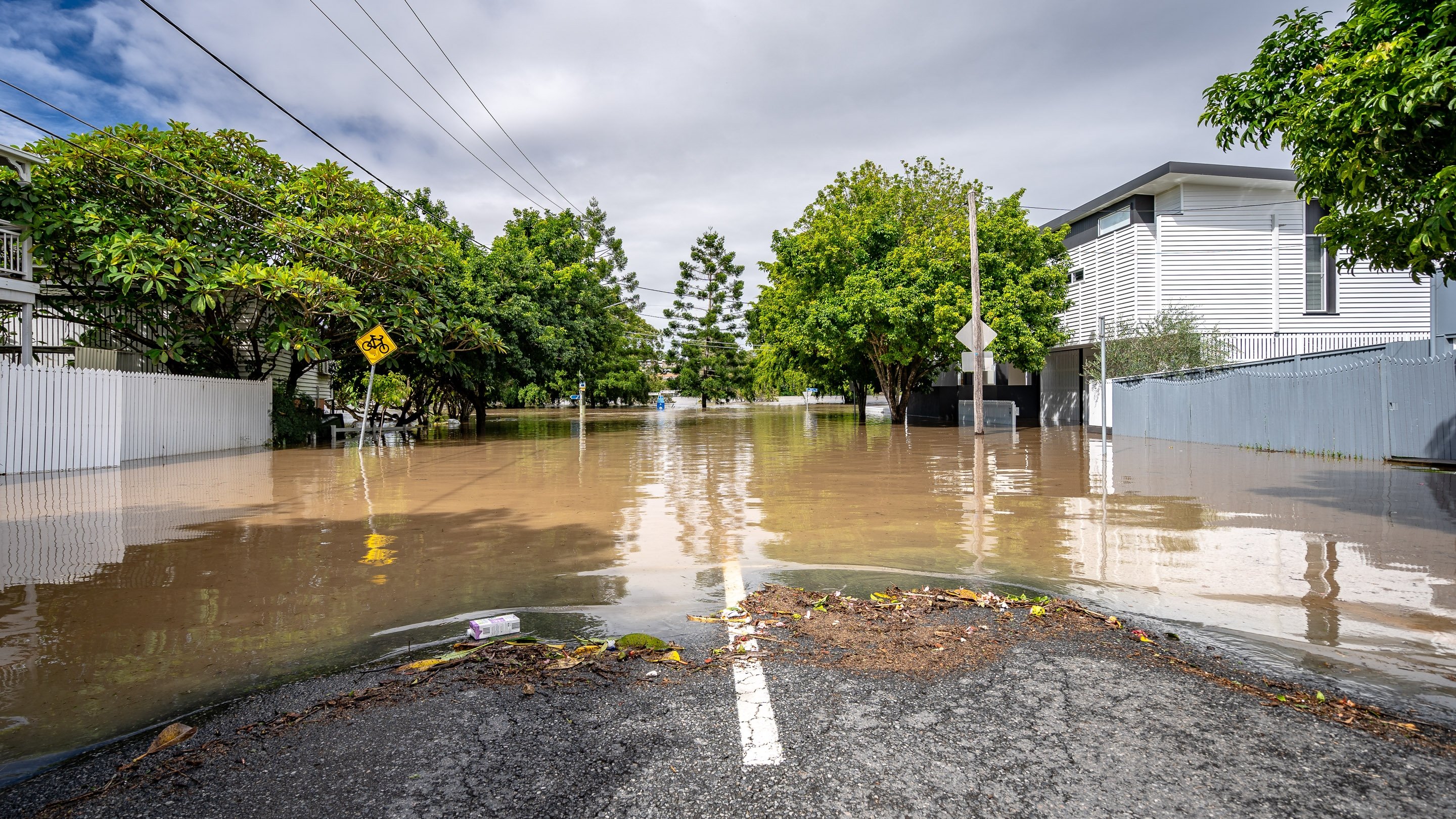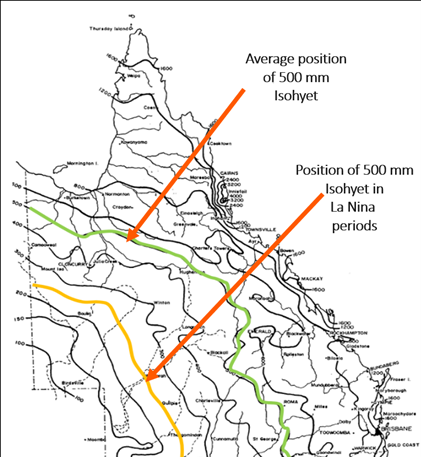
Do we understand our climatic challenges, and:
- Have we changed our way of thinking about short-term cycles and long-term trends and taken notice?
- Have we recorded the magnitude and/or duration of disruptive events and their impact on performance?
- Have we changed our thinking and approach to anticipate, absorb, adapt to, and/or rapidly recover from disruptive events?
The focus on resilience to climate and extreme events has increased significantly in recent years, whereas many aspects of natural events has been a challenge for many communities for an eternity. Coping therefore, for some, has been a way of life but is predicted to become more widespread and challenging.
The trend, based on evidence, is for a greater risk of more frequent, intense and severe events. It is essential therefore, that we draw together the various facets which help quantify risk and the resulting impacts, and measures which help communities recover and, most importantly, avoid or mitigate risks where this is feasible. Proactive, preventive or mitigation actions are much better than so called ‘cures’ which themselves may only be temporary if they are not part of a strategic response which recognises future scenarios and plans and responds accordingly.
The Australian experience echoes the words ‘Land of fire and flood’ which we oft hum and sing, or speak, so not new, but worsening. However, have we forgotten, are we asleep, or acting.
This is the first of a series of three articles that focus mostly on road pavement performance and maximising access and travel reliability, i.e. keeping roads serviceable and open where affordable, but not at all costs. They show how we can learn from specific cases to help guide us in developing and applying strategies for the future, including making provision to fund what is often termed the unexpected, but which will happen but not at an exact time or location. We also need to distinguish between gradual deterioration, and conditions which may form part of our planning and design assumptions even if they elevate risk, and account for shocks.
The three articles will cover the following:
- Article 1 will illustrate how climate variations have occurred and can be expected to occur in future, and the scale and distribution of these using Queensland as an example.
- Article 2 will illustrate how the rain and flood events across Queensland between 2010 and 2013 informed a case study of the life cycle impacts of such events, and the learnings from a joint Queensland Department of Transport and Main Roads and ARRB National Assets Centre of Excellence (NACOE) research project. This also considered hypothetical scenarios where the frequency of years with multiple extreme events varied from 5, to 15 (normal) and 25-year intervals with these acting as ‘shocks’, meaning almost complete failure on vulnerable sections if not entire routes, with gradual deterioration occurring in the intervening period.
- Article 3 will draw on recent Austroads studies undertaken by ARRB to address the challenges and opportunities in utilising marginal and sub-standard pavement materials. The emphasis will be on climate-risk zones utilising examples from Queensland, which typifies such risks.
The challenge posed by climate in Queensland
Queensland represents a real case of extremes between the coastal and northern tropical regions which are directly impacted by tropical cyclones and extreme rainfall levels, and the semi-arid and arid central and western regions. The ‘channel-country’ west of the ranges sees significant overland flow from the eastern regions draining to the south-west and north. Coupled with a doubling of annual rainfall, usually associated with tropical cyclones and lows at a frequency of 3 to 5 years based on long term studies, this can amount to the perfect storm with consequent serious impacts. How does this affect road pavement performance and what can we do in planning and design?
The variation in rainfall across the state is illustrated below, drawing on Bureau of Meteorology information, where the red in the colours represent drier than the long-term averages, and blue wetter periods. They also represent El Nino (drought) and La Nina (wet) periods. The geographical variation is vast, which along with riverine and overland flow in wetter periods elevates risk. Depending on terrain, including catchment characteristics, and rainfall intensity, rates of flow may also be extreme leading to washouts and significant erosion. However, reportedly, from the 2010 – 2013 events much of the damage was due to pavement failures resulting from overall poor drainage, and deficiencies in pavement and surfacing conditions. Avoiding these, by ensuring adequate drainage and maintenance is therefore vital and forms the basis for Article 2.

In considering risks arising from use of different pavement materials, and the overall setting including subgrade conditions and drainage, the Austroads studies documented experience and performance evidence, and evaluated cases considering the following aspects of materials selection and design options:
- What moisture conditions can be assumed in the upper or lower pavement, and subgrade?
- How do drainage conditions, soil type and surface conditions affect these?
- How do the various factors impact the performance of locally available materials?
This is the subject of Article 3, with the extremes in climate illustrated through the period extremes in moisture conditions which include a significant shift in rainfall patterns, and the 500 mm isohyet moving to the southwest corner of the state from its long-term average position. The challenge then is what to design for in terms of foundation strengths and pavement moisture conditions. Depending on such assumptions the optimum economic solutions change dramatically, therefore understanding how to consider these is vital and forms part of the decision framework developed through this research.

To find out more, contact Tyrone Toole via tyronet@arrb.com.au.
